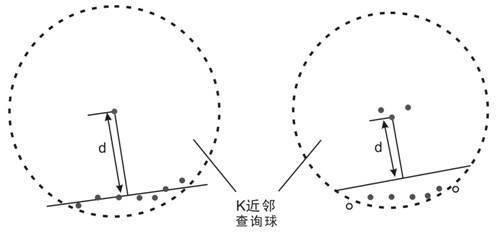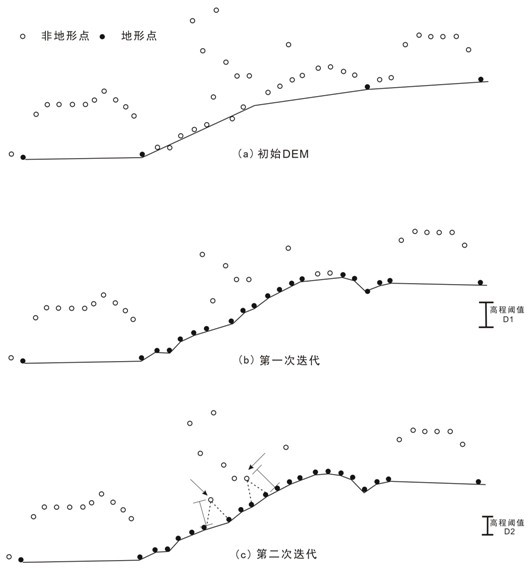Semi-supervised classification method for airborne laser radar data fusing images
A technology of airborne lidar and classification method, which is applied in the field of semi-supervised classification of airborne lidar data that fuses images, and can solve problems such as classification accuracy of single lidar data
- Summary
- Abstract
- Description
- Claims
- Application Information
AI Technical Summary
Problems solved by technology
Method used
Image
Examples
Embodiment Construction
[0030] The invention provides a semi-supervised classification method for airborne lidar data of fusion images. Based on the semi-supervised concept, the rough classification results of point cloud data are used to extract high-precision training sample data for the classification of high-resolution images, and Combining multiple features of LiDAR point cloud for cross-validation, and finally realize the fine classification of airborne LiDAR data.
[0031] The present invention will be further described below with specific embodiments in combination with the drawings:
[0032] The invention provides a semi-supervised classification method of airborne lidar data for fusion of images, including the following steps:
[0033] (1) Denoising of raw lidar data:
[0034] If the point cloud data has extremely low points and aerial points that are significantly lower or higher than the surrounding environment, it will greatly affect the accuracy of the post-processing algorithm, so these noise ...
PUM
 Login to View More
Login to View More Abstract
Description
Claims
Application Information
 Login to View More
Login to View More - R&D
- Intellectual Property
- Life Sciences
- Materials
- Tech Scout
- Unparalleled Data Quality
- Higher Quality Content
- 60% Fewer Hallucinations
Browse by: Latest US Patents, China's latest patents, Technical Efficacy Thesaurus, Application Domain, Technology Topic, Popular Technical Reports.
© 2025 PatSnap. All rights reserved.Legal|Privacy policy|Modern Slavery Act Transparency Statement|Sitemap|About US| Contact US: help@patsnap.com



